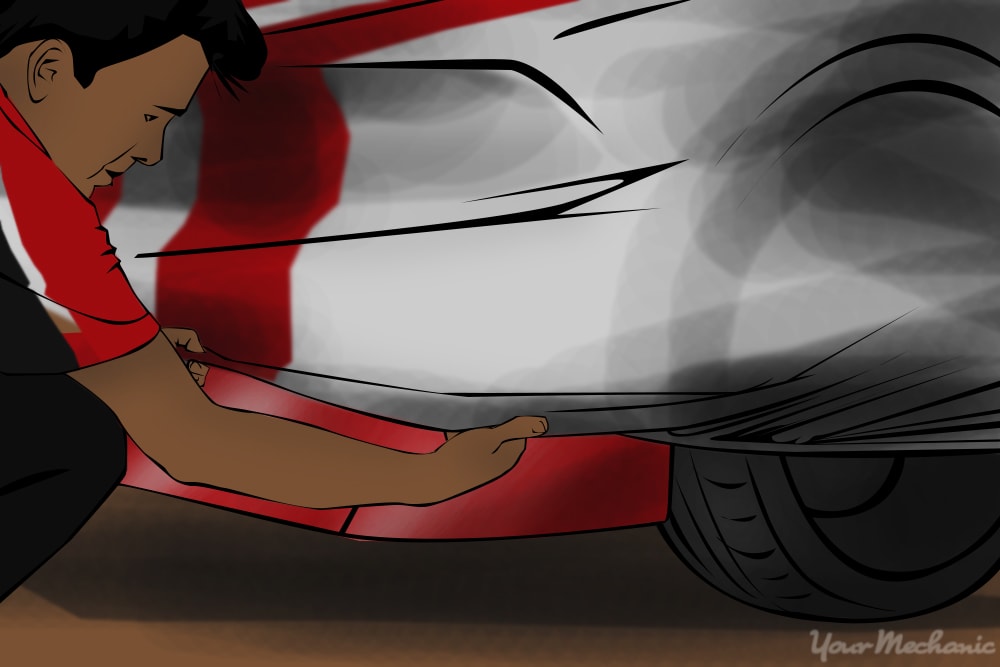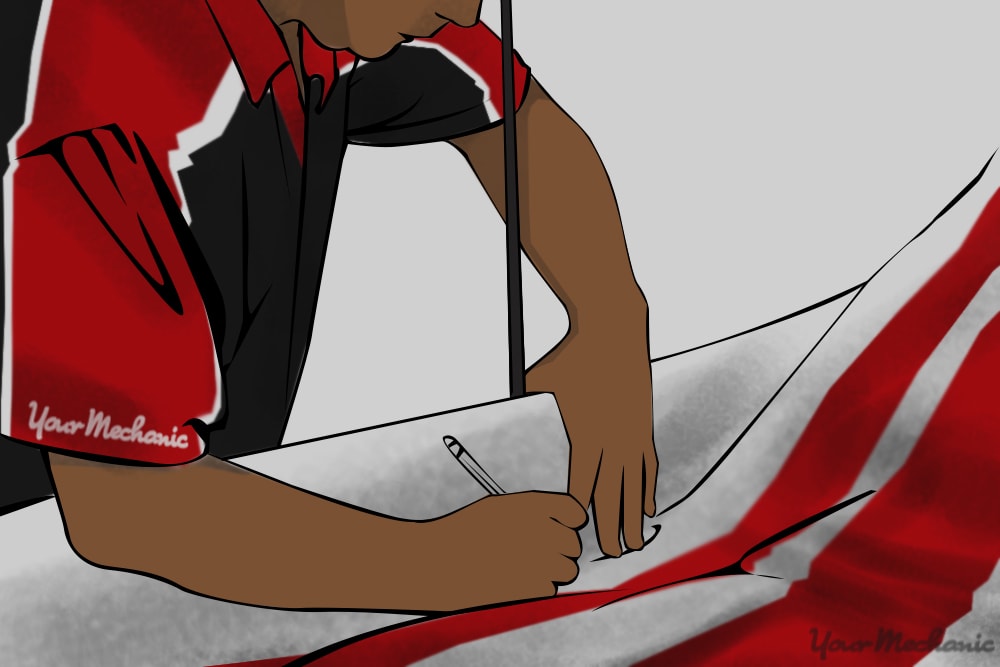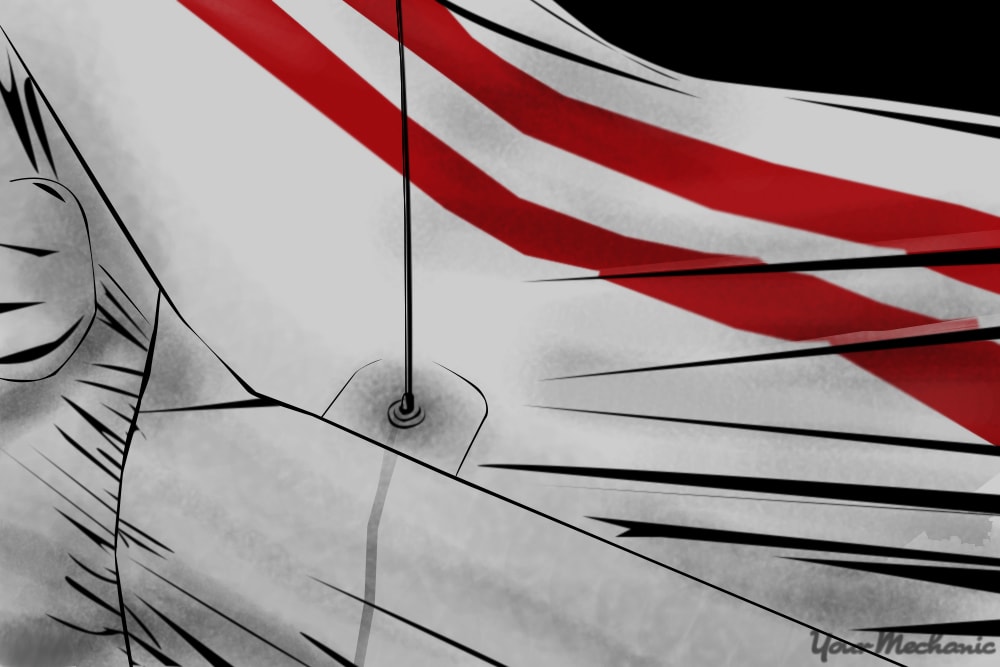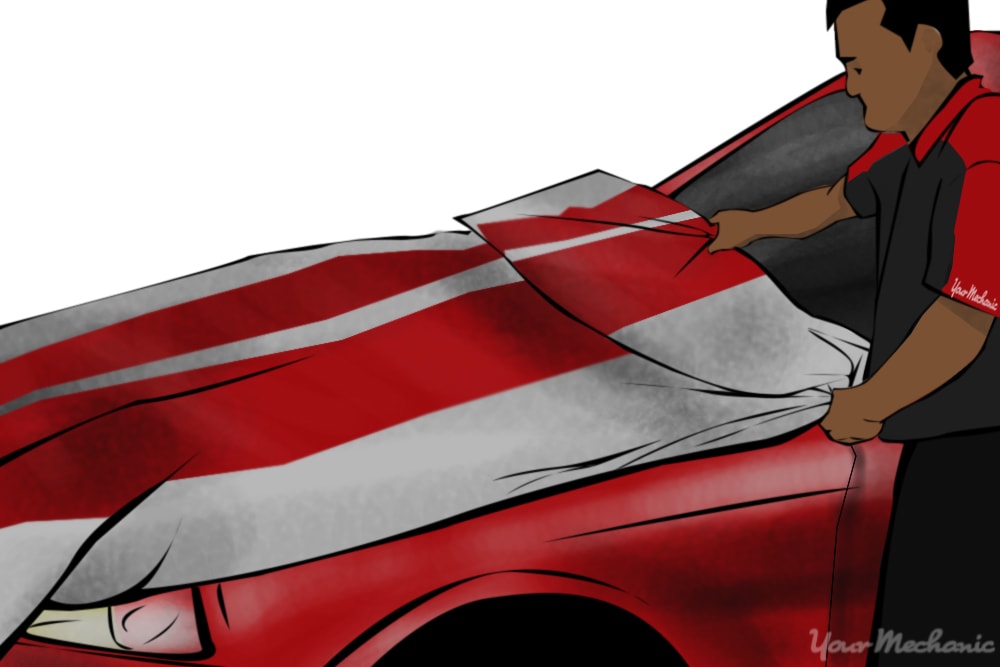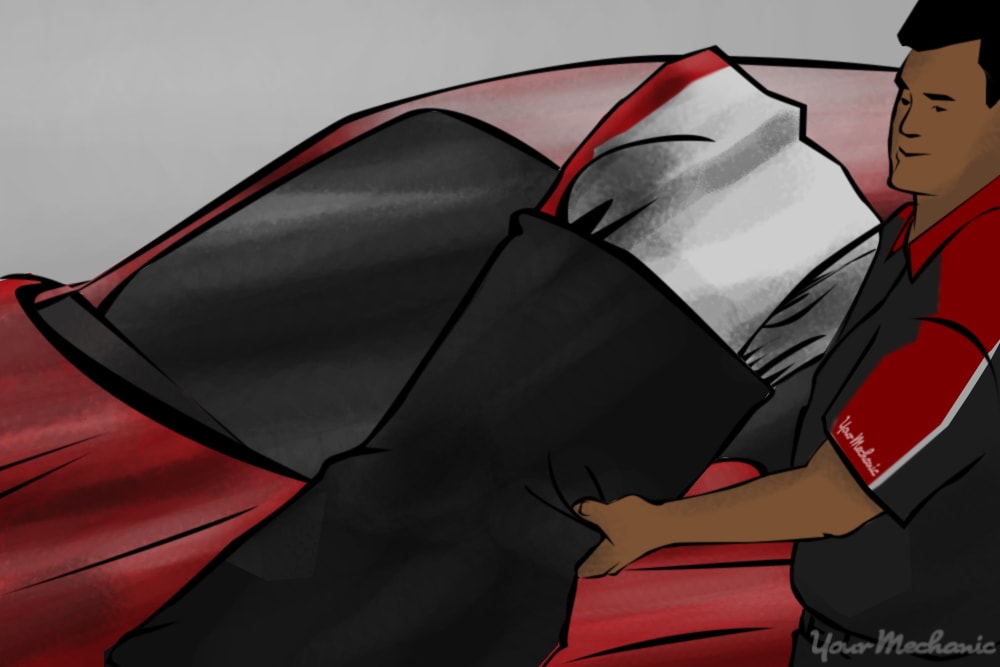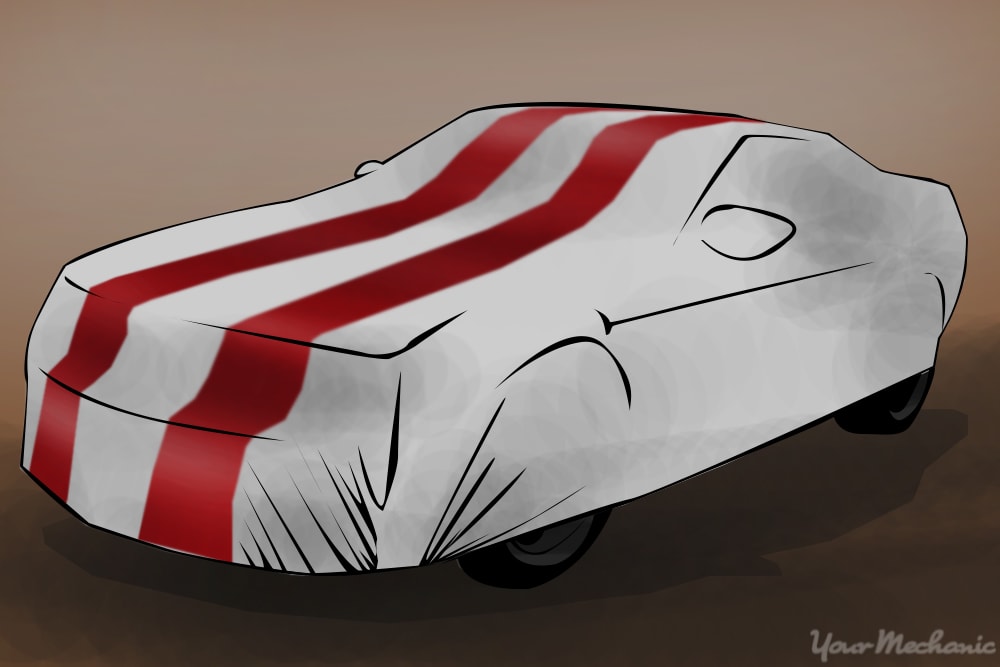

A car is often the second most expensive thing a person owns, right after their house. Protecting your investment with a car cover, especially if your vehicle is parked outside, makes good financial sense and will ensure your vehicle looks great rolling down the street.
Car covers can protect your vehicle from a number of issues, including weather, environmental factors, and daily dirt and grime.
One of the most prevalent and unpreventable issues affecting a vehicle’s appearance is the weather. The UV rays from the sun can fade and damage paint, and cause the rubber trim on the vehicle to crack. A car that spends a lot of time in the sun can even experience interior damage from extreme heat. A car cover will help protect the paint job and interior, as well as keep the vehicle a bit cooler in the hot months.
Environmental factors can also damage the paint job. If the car is parked under a tree, sap, leaves, and bird droppings can wreak havoc on the vehicle. A car cover will prevent all of these things from hitting your vehicle's paint job.
Finally, everyday dirt and grime can cause paint damage and just make your ride look filthy. A car cover lets you cruise the streets in an ultra-clean car, every day.
Car covers are available in a variety of types and materials. Indoor car covers tend to be lighter, while car covers designed for the outdoors are usually made from a heavier, more sun resistant material. When shopping for a car cover, be sure to buy the cover that is designed for your specific vehicle: this will ensure an exact fit.
Following is a quick guide on how to install a car cover:
Part 1 of 2 How to install a car cover
Step 1: Remove the car cover from its storage bag. When not on the vehicle, the cover should be stored in its bag to protect it.
- Note: A car cover should be washed from time to time. A dirty car cover can make the paint and glass on your vehicle look fogged or dirty. Methods of cleaning vary by cover and the material it is made out of so check the manufacturer's instructions and follow them to the letter.
Step 2: Locate the front of the car cover. This should be marked with a “front” tag sewn inside it. Put the front of the cover securely over the front bumper.
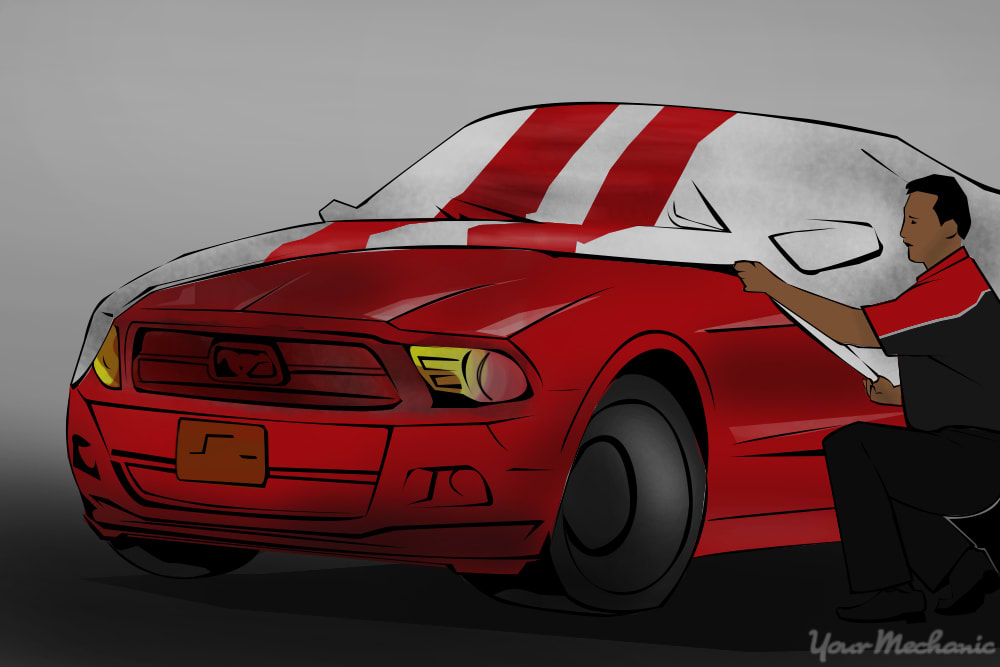
Step 3: Pull the rest of the cover over the vehicle. Secure the rear of the cover over the rear bumper.
- Note: Many car covers have mirror pockets, which ensure a snug fit over the car. If your cover has mirror pockets, make sure you slip them over the mirrors before you pull the cover over the rear bumper. This will make sure the cover fits properly.
If your vehicle has a retractable antenna, you are done. The car is covered snugly, and will be protected from the elements and any other environmental hazards that may be nearby.
If you don’t have a retractable antenna, it’s time to move to the next step.
Step 5: Mark the spot on the car cover where your antenna contacts the car cover. The majority of car covers will come with a patch that has an adhesive backing. Apply this patch to the spot you marked, then punch a hole through both the patch and the cover with a knife or scissors.
Step 6: Put the antenna through the hole and pull the cover over the rest of the car. Slip the mirrors into their pockets and pull the cover over the middle and rear of the vehicle.
Secure the rear portion of the cover around the rear bumper. Your vehicle should be completely covered at this point.
Part 2 of 2: Removing a car cover
Step 1: Remove the cover from both the front and rear bumpers of the vehicle.
Step 2: Fold each side of the cover onto the roof of the vehicle. The cover will end up about two feet wide at this point.
Step 3: Starting at the front of the vehicle, fold the cover towards the rear of the car. Use increments of about three feet when folding. This prevents the cover from dragging over the vehicle.
Step 4: Take the folded cover off of the vehicle and store it in its bag or other dry, clean and shaded spot.
A car cover will protect your vehicle for a long time if you use and store it properly. Follow the steps outlined above to ensure correct usage of your car cover. This will maximize the protection provided to your car, and the life of your car cover.


